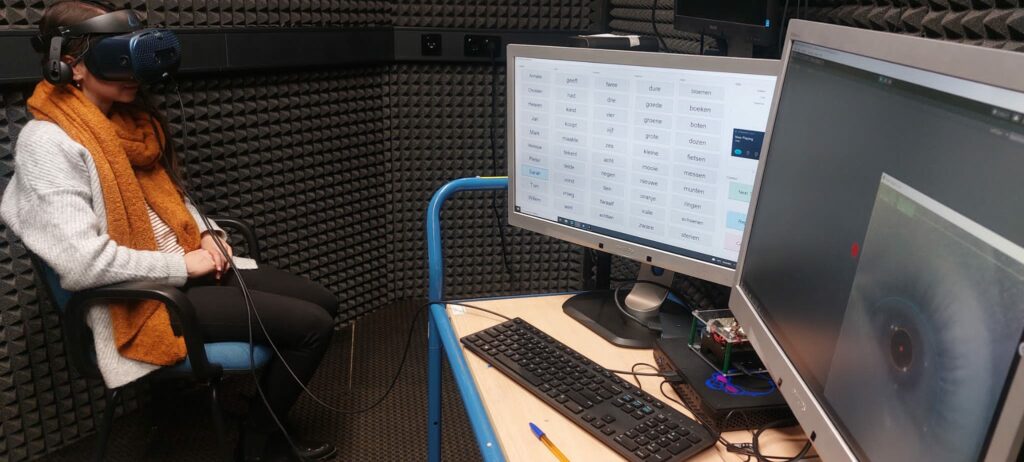Coming from South Africa and having no prior experience of traveling within the Netherlands or Europe as a whole, I really looked forward to my secondment experiences. The plan was to spend one month at the VUmc in Amsterdam to gain knowledge and skills in measuring listening effort and one month at the Ida Institute in Denmark to learn more about person-centered care (PCC) for individuals with hearing loss. As most stories go from the last 18 months, any hopes of an in-person secondment were quickly overtaken by the coronavirus pandemic. As a result, both ventures took the form of an online secondment.
With a background in clinical audiology, listening effort and how it’s measured was quite a new concept to me, especially with a measure of pupillometry. Briefly, pupillometry measures how the pupil constricts and dilates in response to various listening conditions and has been shown to be a reliable measure of listening effort. It’s equally as interesting and complex as it sounds. The secondment kicked off with several online meetings with the listening effort team from VUmc, Prof. Sophia Kramer and Dr. Adriana Zekveld, where we discussed their experiences of using pupillometry in normal hearing and hearing aid user populations. Which testing parameters should we use? How many conditions should we test? Are some subjects easier to measure than others? Funnily enough, we learned that it can be difficult to track and measure pupil reactions of individuals with lighter (blue) eyes. Not ideal in the Dutch population!
What’s interesting about our pupillometry setup for MOSAICS is that we’re using a virtual reality (VR) headset in our setup, and of course also focusing on cochlear implant (CI) users. Both are quite novel in the field of pupillometry. This VR setup allows us to better control luminance, or the amount of light, (which can affect the pupil) and makes our setup more mobile. In contrast to its intended use, the VR setup was by no means “plug-and-play”.

We engaged in online discussions with a PhD from the H2020 HEAR-ECO project, Hidde Pielage, who was working on his own VR pupillometry setup at the same time. More exciting than information sharing was often just sharing our troubles and (mostly very small) victories with the setup over a few months. After 18 months and a lot of background work, we finally tested our first two study participants at the end of November 2021. I by no means speak from experience, but it honestly felt like winning a marathon when we had our first set of participant data!
It was such a rewarding experience and I’m eternally grateful to everyone involved [...] Not all heroes wear capes, some are just really passionate about PCC.
Working with the Ida Institute in Denmark for my secondment on PCC was a dream come true, even if it was online. I had learned about their work and used their PCC Tools and resources in my undergraduate studies and followed their Learning Hall courses while working in the clinic. When I had an opportunity to translate and adapt two existing PCC Tools for use in the Dutch CI population for MOSAICS, I was ecstatic.
Virtual secondments can be quite a lonely experience, but working with a team (both the Ida team and the CI rehabilitation team from Radboudumc) who are so enthusiastic really makes a huge difference. I thoroughly enjoyed seeing the adapted tools being used in the clinic and getting feedback from the CI rehabilitation therapists on how the Tools allowed them to have “a deeper conversation about the expectations around the CI”. It was such a rewarding experience and I’m eternally grateful to everyone involved for the countless online meetings attended, emails answered, and surveys completed as part of this virtual secondment. Not all heroes wear capes, some are just really passionate about PCC.
